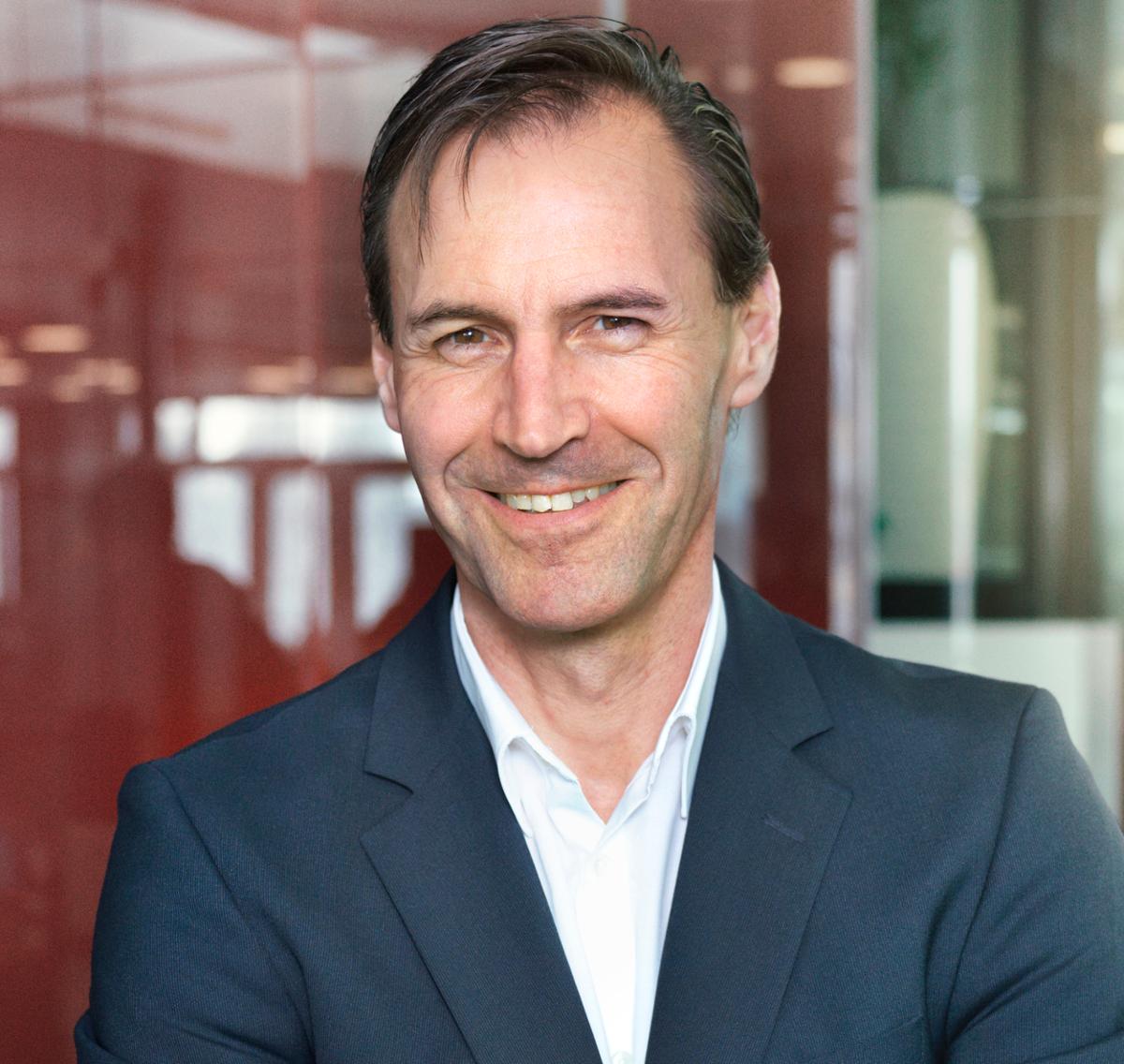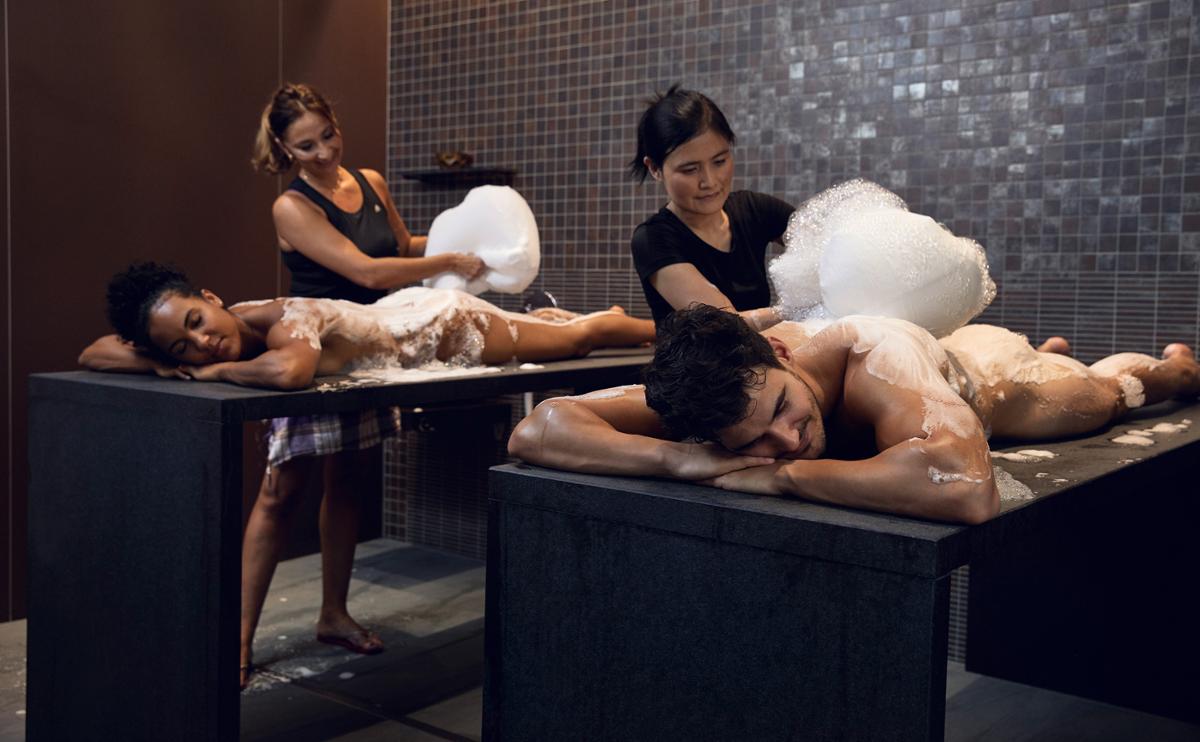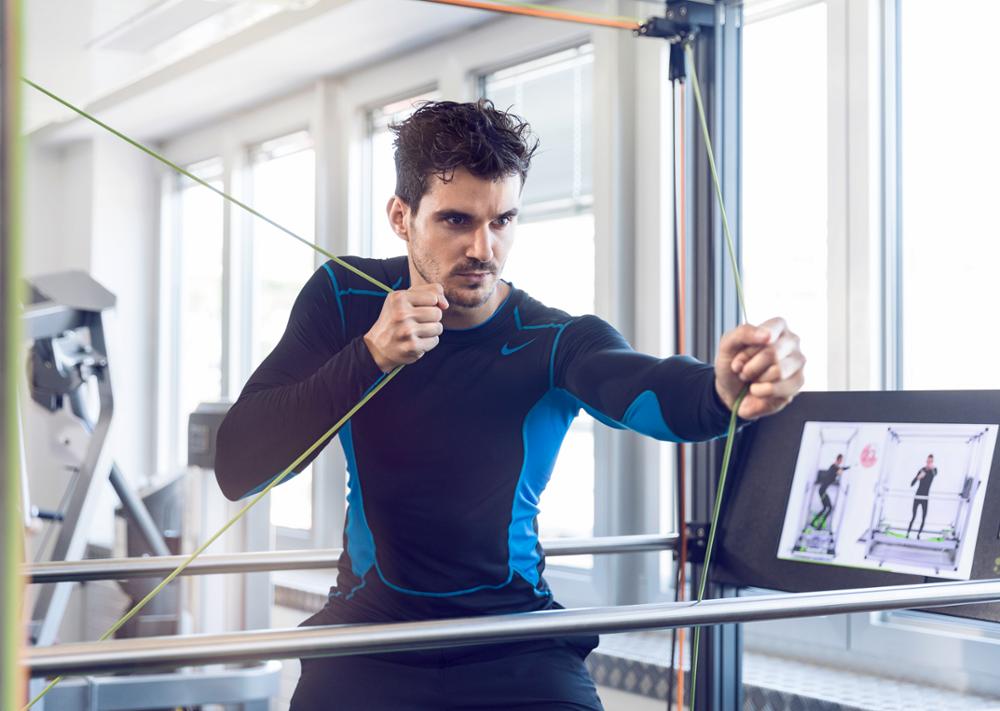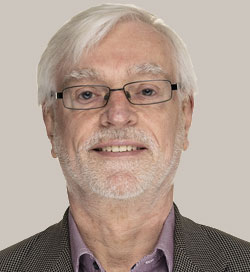Let’s dive straight in and explain Migros for readers who aren’t familiar with the company
Migros is Switzerland’s largest retailer and largest private employer – the company is made up of 10 separate cooperatives across the country, each operating within its own very strict geographical borders. Within those boundaries, each of the co-operatives runs its own businesses, these range from everything on the retail side right through to building and running health clubs.
How is the company structured?
There are some centralised entities. There’s Migros Bund, for example, a hub that sits beneath the 10 cooperatives as an 11th cooperative, performing centralised tasks for all the other 10: things such as marketing, logistics and purchasing food for our supermarkets. Migros Bund is owned by all 10 cooperatives, although Migros Zurich – as the founding cooperative of the whole federation – holds the largest share.
Also owned by all 10 co-operatives is Migros Klubschule (Club School), which sets out to provide education and training for all.
As an organisation – even if we haven’t made a profit – roughly 1 per cent of our annual retail sales are used for cultural, social and economic purposes. Klubschule is one beneficiary, and we have Klubschulen across the country. These are currently run by the different cooperatives, but a decision was recently made to bundle them into one subsidiary.
We’re also currently consolidating the health club operations into one business and when complete, this – together with the bundling of the club schools – is one of the first times that a business area from the Migros cooperatives has been placed in the hands of a new company.
Tell us more about this consolidation.
Migros Zurich has acquired all the fitness businesses of the Aare, Lucerne and Vaud cooperatives, bringing them into a subsidiary of Migros Zurich – what we call a ‘daughter brand’ – of which I’m CEO.
There are now only five health clubs within the Federation of Migros Cooperatives in Switzerland that aren’t owned by Migros Zurich. These are in Basel and we’re working to bring them into the new subsidiary.
In Basel, very sadly the CEO passed away suddenly. The new CEO started in December, so we’re now aiming to complete the consolidation by early 2022.
How have you been allowed to do this?
If we rewind a few years, only a handful of the cooperatives had really focused on fitness: Zurich, Lucerne, Aare and Ost (Eastern Switzerland). Alongside that, as I say, a few clubs in Basel and one in the French part of Switzerland.
Migros Zurich had therefore already managed to get permission to expand into the territories of other cooperatives where there were no health clubs, such as Geneva and Neuchâtel-Fribourg, and we took our more affordable Activ Fitness brand to these regions. We also franchised it in Ticino, the Italian part of Switzerland, and acquired and rebranded the approximately 15 clubs in Ost.
In January 2020, I became CEO of the Migros Zurich-owned Activ Fitness AG subsidiary, merging the 15 Ost clubs into the business. Alongside this, Migros Zurich operates premium Fitnesspark clubs and golf parks, for which I’m also responsible. In the meantime, the company has been renamed Movemi AG.
From all of this, it was evident that Zurich was Migros’s expert in the area of fitness.
It was also evident – from research we had done in our Zurich clubs – that customers were travelling to work out. We found that 25 per cent of all visits were coming from people who weren’t members at that specific club, which is incredibly high.
This further strengthened our belief that all Migros health clubs should be united into one enterprise, giving members the flexibility to work out anywhere.
What does the merger mean in practice?
To be specific, it’s Movemi AG (Activ Fitness AG) that has acquired the health club businesses of Migros Aare, Migros Lucerne and Migros Vaud, in a deal that will complete on 1 January 2022. At the same time, Migros Zurich’s Fitnesspark clubs will be transferred to Movemi AG, bringing everything together into one enterprise.
There are actually more club brands – there’s also Fitness Club, One Training Center and Only Fitness – but we will be rebranding these so we just have the two brands going forward: mid-market Activ Fitness and premium Fitnesspark.
One Fitness Club location – a higher-end facility in Bern – will become a Fitnesspark. The rest will become Activ Fitness clubs. In the short term, that will mean a new brand above the door and a new look, feel and colour scheme – our trademark red – to ensure all clubs are clearly part of the Activ Fitness network and feel familiar to our members. In the longer term, we may also need to make a few tweaks to the product offering at some clubs.
There’s now great geographical coverage for Activ Fitness across Switzerland, and this will only grow as we work towards our ambition of having a club within a 10-minute drive time wherever you are in the country. We currently have 132 clubs in total, including the 15 Fitnessparks, and two new Activ Fitness branded clubs which opened at the end of 2021.
What are your price points?
Fitnessparks is a premium offering and Activ Fitness is mid-market. Ten years ago, Activ Fitness was low-cost, but it’s actually very hard to make budget gyms work in Switzerland. If you look at Pure Gym (which operates in Switzerland as BaseFit), for example, it recently put its annual membership up from 490 to 690 Swiss Francs.
Activ Fitness – with its live group exercise, saunas and crèche facilities – charges 790 Swiss Francs a year [around £50 a month] as one all-inclusive price. At Fitnessparks, by comparison, membership ranges from 1,250–1,390 Swiss Francs.
You opened a new Fitnesspark in the middle of the early lockdowns
Yes, Fitnesspark Stadelhofen opened in August 2020, which wasn’t ideal. But then, this is a 2,500sq m premium club, meaning a long process from planning to launch date; all decisions were made long before COVID-19. Had we been a smaller organisation, perhaps we’d have paused, but fortunately we were able to follow through on our long-term strategic decisions even in the middle of the pandemic.
We have a strong belief in our health agenda, of which fitness is part – alongside healthy eating, supported by our supermarkets, and a healthy mindset that recognises the value of everything from sleep to sex, friends and laughter to moderating alcohol intake – and we’re confident the business will come back in the end.
It is taking time, though. After the first lockdown, our member numbers were almost the same as pre-COVID, but a long second lockdown really saw habits begin to change and this has hurt our sector in Switzerland and Germany. We aren’t seeing members leaving and going to another club. They’re leaving and either doing nothing or trying to work out from home. So, our competition isn’t other clubs at the moment.
Our biggest challenges come from the decisions being made by government. Here’s an example of what I mean by that. Since 13 September, members have only been allowed to come and train in our clubs if they have a 3G certificate, which means either they’re double vaccinated, or they’ve tested negative or they’ve had COVID within the last six months and have antibodies. Then since December, they’ve needed 2G – to be double vaccinated or to have had COVID in the prior six months.
This isn’t about clubs being unsafe, though. We have the impression that it’s about the government trying to force more people to have the vaccine and it isn’t exclusive to gyms. It’s also being applied to cinemas, restaurants, museums... it’s making things very hard.
Let’s talk about your German operation
Although I have oversight of the business, I’m not responsible for the German operation on a day-to-day basis any more.
It was something I originally founded in the shape of Elements health clubs, and then grew by acquiring two consultancies that specialise in the field of fitness: Greinwalder and Inline. The latter also came with a network of franchised clubs operating under the Injoy brand.
In 2019, I merged these three businesses into an organisation called ACISO. And then I stepped back, handing over to a local management team, although ACISO is still owned by Migros Zurich. The seven Elements clubs have come through COVID pretty well.
What’s your role now?
Stepping back from the German operation has given me the time I need to focus exclusively on merging the Swiss cooperatives’ fitness businesses.
A merger isn’t done simply by signing the contract, there are employees to manage and it’s important to address their ideas and their fears and ensure there isn’t a knowledge drain. Then there’s the senior management team to align, and the need to create systems and an infrastructure to support two clear brands. This is a big cultural job, and will be my primary focus throughout 2022.
We’ll grow, just because we always do. By the end of 2023, I imagine we’ll have perhaps 140–145 clubs. But mainly, the focus will be on cultural integration and, of course, recovering economically from the impact of the pandemic.
Recovery will happen – ours is a strong company – but it’s hard to say exactly when. There are some in the industry who believe it will take four or five years. Personally, I believe it will be 2023 when we’re back at the same levels as 2019.
And then, once I’ve done all that... well, I have to retire in four years! There are strict rules around that. I see properly merging all fitness clubs in Switzerland as my last big goal, capping off an eventful career at Migros, in which I hope I’ve done my bit for the brand.
If the next CEO comes in with new energy and a desire to take our fitness brands into other markets, for example, I’d say it’s feasible. We’ve already considered northern Italy. But that will be their job and their decision.
























































